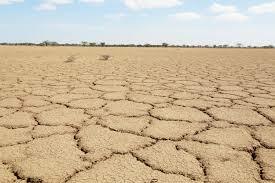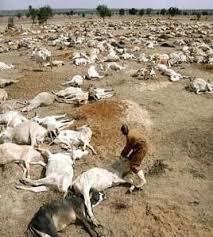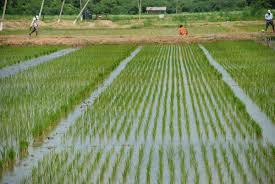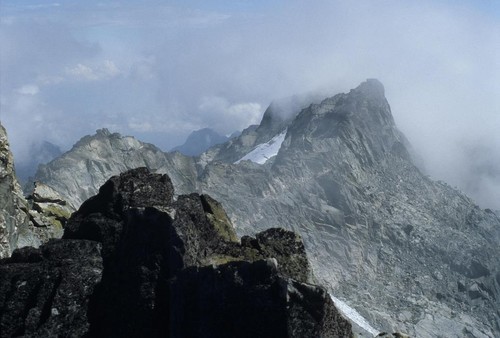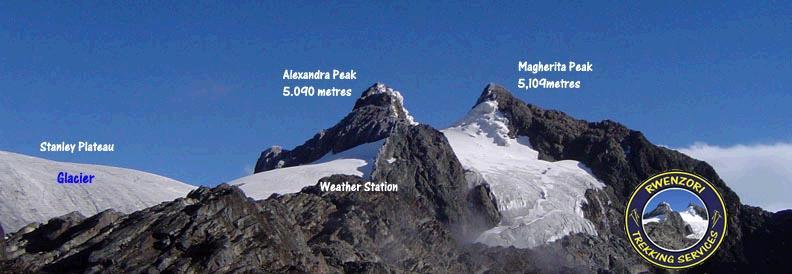Climate change in kenya
climate change
CLIMATE
-Refers to average weather condition of a given place over along period of time usually thirty to thirty five years (30-35)
CLIMATIC FACTORS
- Latitudes
- Altitudes
- Distance from the sea
- Configuration of the coastline
- Ocean currents
- Aspect
- Air masses or wind
- Inter-tropical Convergence Zone (ITCZ)
9. Human activities
CLIMATIC ELEMENTS
- Temperature
- Air pressure
- Humidity
- Precipitation
- Wind
DISTRIBUTION OF CLIMATIC REGIONS IN KENYA
- Modified equatorial climate of the coast
- Modified tropical climate of the highlands
- Modified equatorial climate of the lake basin
- Modified equatorial climate of the North western margin
- Tropical climate of Narok and Southern coastal Kwale areas
- Tropical semi-desert climate of the central and northern areas
- Desert climate of central northern areas.

ARIDITY AND DESERTIFICATION
Aridity state of land being deficient of moisture leading to little or no vegetation
Desertifications is the process in which desert like conditions slowly and steadily encroach on formerly productive agricultural land
CAUSES
- Due to low and unreliable rainfall below 250mm P.A causing little or no vegetation-
With less rain, the lake and rivers we rely on for drinking water and watering animals keep getting drier and shallower. Droughts and famines have resulted in death to our animals as well as disappearance of livestock watering holes that have served our people for ages. As a result, our jobs as herders are in peril and our life generally has become one of a struggle for survival.
- High temperatures which cause high rates of evaporation or low temperatures which reduces air capacity to hold moisture causing a place to receive very little or no rain
- Locations of some places very far from the sea causing them to be far removed from wet onshore winds
- Where hot dry winds blow over a region causing dry effect on land e.g. harmation
- Where cool air descends causing no rain because cool air has to rise before condensation takes place
- Due to human activities which include:
- Keeping large number of animals which exceed the carrying capacity of land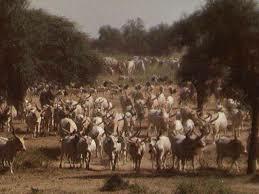
-Poor agricultural practices such as over cultivation
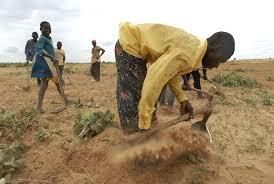
Industrialization which releases green house gases
EFFECTS
- Infertile soils which support little or no vegetation
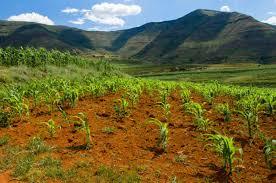
- Low agricultural production due to insufficient rainfall
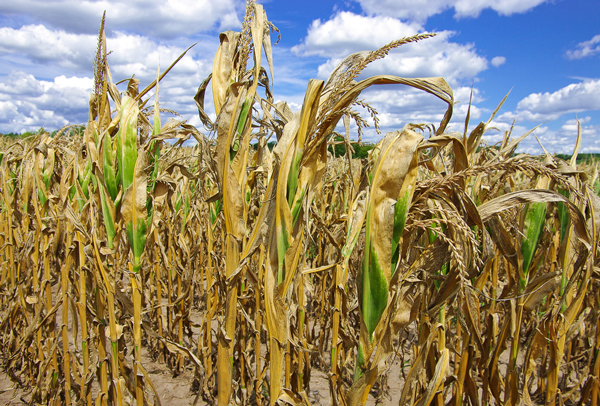
- Shortage of water for people from domestic and industrial use
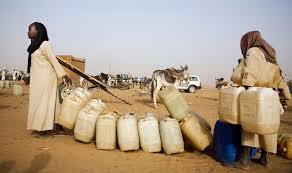
- Migration of people from areas affected by aridity and the desertification loading to population pressure
- Destruction of vegetation which exposes land to soil erosion
- Can lead to extinction of some plants and animal species causing loss of diversity
SOLUTIONS
- Afforestation and reafforestion because trees protect soil from erosion
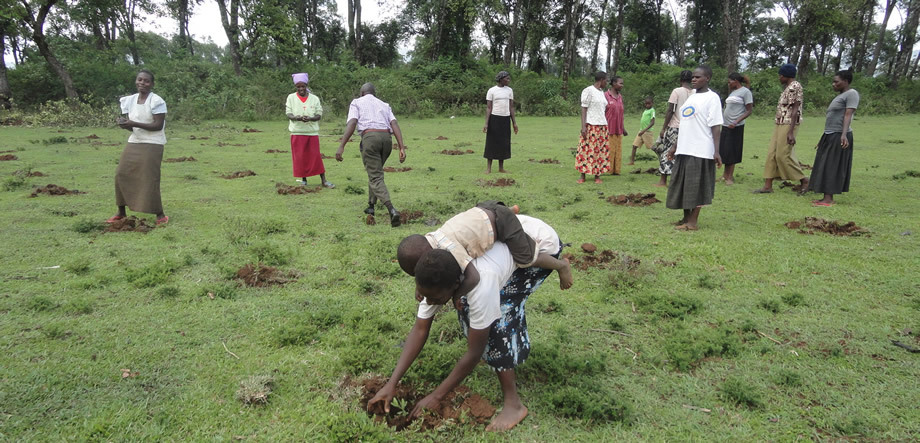
- Adopting soil conservation measures e.g. terracing, contour, ploughing
- Rearing of number of animals proportional to the carrying capacity of the land
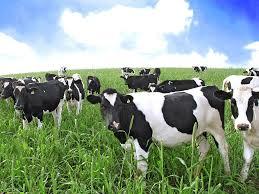
- Irrigation of dry areas
- Introduction of energy saving stoves to reduce demand for wood

- Use of alternative source of energy
- Introducing drought resistant crops in the arid areas
- Controlling industrialization by setting laws governing them
CLIMATE CHANGE
-Is the establishment of a new climatic state or continuous changes in climatic states such as temperature and precipitation over time.
cause of climatic change
# Variations in the earth’s orbital characteristics
# Variations in atmospheric carbon dioxide
# Volcanic eruptions emitting alot of heat
# Variations in solar input
Effects of chemical pollution
$ Increased global warming due to green house effect
$ Damage to the ozone layer due smoke emitted from industries containing harmful substances or gases
green house effect gases
@ Carbon dioxide 55%
@ Chlorofluorocarbons 25%
@ Methane 15%
@ Nitrous oxide 5
Activities that Contribute to the green house effect gases
- Burning fossil fuels.
- Forest fire and grassland fire.

- Deforestation and land use changes.
- Industrial and agricultural developments.
- Chlorofluorocarbons.
Consequences of climatic change
- Increased rainfall due to rise in global temperatures that lead to increased rates of evaporation
- Disruption of natural ecosystems
- City environment becoming hotter
- Abnormal fast growth of plant
- Flooding from rising sea levels
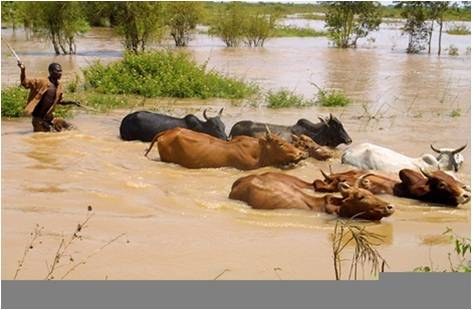
- Shifting of climatic and vegetation zone
- Increased ultraviolet radiation
Possible evidence of effect of climate change in recent past in the world
- Heat waves in Greece due to increased temperature which led to death of many people
- The receding of ice caps on Mt Kilimanjaro and disappearance of glaciers on
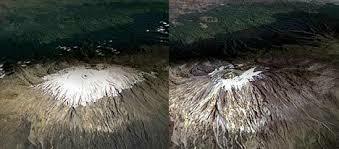
Mt Ruwenzori
currently.
The melting of polar glaciers have resulted into rise in sea level
Experiences
* There is change in rainfall patterns
* High and low temperatures
* Death of animals due to lack of vegetation and water
Indications of climatic changes
$. Changes of precipitation
$. Increase in surface temperature
$. Change in pressure system
$ Death of animals in most parts of the country
$ Drying of vegetation
$ decrease in water levels in water bodies such as dams eg ndakaini dam which supplies water to Nairobi City
$ Occurance of flash floods in some regions
NB.kenya lies astride the equator hence don't experience varied seasons with extreme temperatures.
Done and presented by;
Peterlyne
Sylvia
Ruth
Vicky
Sharon.

